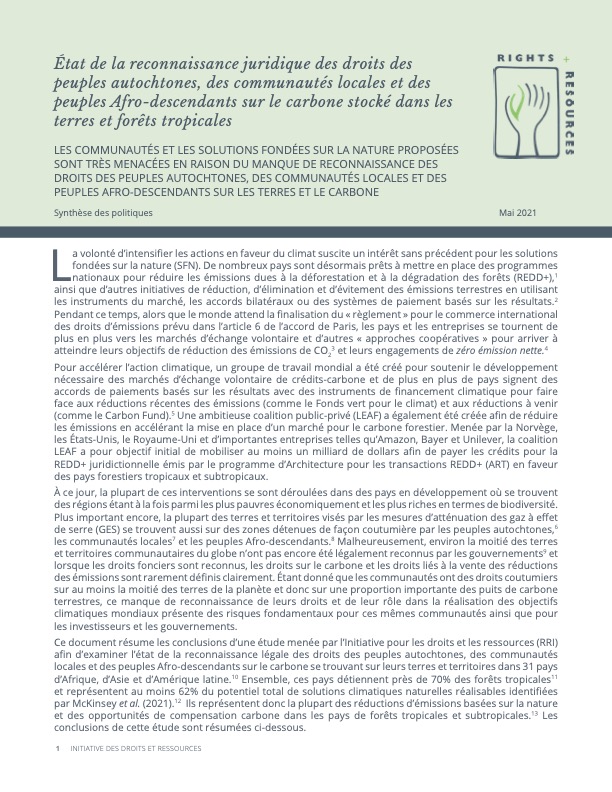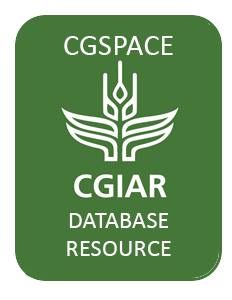L’étude a analysé dans 31 pays l’état de la reconnaissance juridique des droits des peuples autochtones, des communautés locales et des populations afro-descendantes sur le carbone présent sur leurs terres et territoires. Ensemble, ces pays détiennent près de 70 % des forêts tropicales du globe…
The battle for land reform is a persistent and intensifying dimension of politics and social life in the Global South where people are struggling to escape the claws of colonialism and capitalism. Here, the violent history of being stripped of the land and forced to sell labor power has left a…
Nature-based solutions (NbS) include all the landscape’s ecological components that have a function in the natural or urban ecosystem. Memorial Parking Trees (MPTs) are a new variant of a nature-based solution composed of a bioswale and a street tree allocated in the road, occupying a space that…
Human–wildlife interactions (HWI) were frequent in the post-socialist period in the mountain range of Central European countries where forest habitats suffered transitions into built-up areas. Such is the case of the Upper Prahova Valley from Romania. In our study, we hypothesized that the…
The transformation of livelihoods to community based enterprises entails time, involves community participation and support from local government units. This paper will describe the processes by which the initial phase of agri fishery enterprise development in the Municipality of Guinayangan was…
Carbon capture and storage (CCS) technology deployment in developing Asian countries largely depends on public acceptance, which is highly dependent on the stakeholders involved in CCS. This paper illuminates how stakeholder issues could be strategically managed in the deployment of CCS, in a…
Field tested practices, methodologies and approaches to regenerating agriculture and associated ecosystems are featured in this compilation . Mostly experiences from across Asia are included , the compilation is based on publications generated through participatory writeshops, organised over…
The Participatory Vulnerability Analysis study was conducted in the 11 villages or barangays in Guinayangan Climate-Smart Village to provide a better understanding of the community and inform the project of the conditions and factors that affect their vulnerability to climate change impacts.…
This publication is derived from a real life exercise in applying participatory vulnerability methods in 11 villages/barangays in the Municipality of Guinayangan , Quezon,
Philippines. These villages were among those designated as climate smart villages, under the CCAFS global initiative…
Consumption of potatoes and potato products is growing rapidly in Southeast Asia. There are significant opportunities for improved potato production and utilization of technologies in this part of the world to address poverty, food security, and environmental degradation. Potato production is…
The pioneering work of establishing a Climate-Smart Village (CSV) in Guinayangan, Quezon Province in 2014 became an avenue for promoting interventions to address climate change in a local government in the Philippines. The CSV served as a laboratory where climate-smart technologies and practices…
The urban planning ideas proposed by Jane Jacobs in the 1960s remain relevant to this day, promoting a perspective on the relationship between urban morphology and the community that takes into consideration the experiences of the people themselves in the planning of cities. With Jacobs’ ideas…




